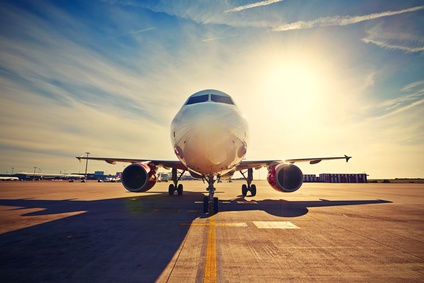Canada’s sky-high airport fees create turbulence for carriers

Is the federal government keeping Canadian airlines from being more successful? Air Canada CEO Calin Rovinescu appears to believe so. He was quoted recently as saying that onerous restrictions and costs are hindering Air Canada’s efforts to expand.
In particular, he argued that Canadian airport fees are too high, undermining the airline’s ability to compete in a globalized business.
He’s right. And it’s hurting not only Air Canada, but its competitors, too – not to mention all of their customers. Before implementing any new regulations, the federal government should take a step back and ask itself why it’s so expensive for an airline to operate in Canada.
For the past decade, report after report has trumpeted the strategic importance of the airline sector and its competitiveness, and politicians have generally talked the same talk. But they haven’t walked the walk, and things have changed very little.
The tax burden imposed on Canadian airports remains among the highest in the world. In 2015, Canada was ranked 130th out of 138 countries in this regard according to the World Economic Forum’s Travel And Tourism Competitiveness Report. The set of fees, charges and regulations that applies to airports in turn affects the competitiveness of Canadian airlines that must deal with higher landing fees and an exodus of Canadians looking for more affordable tickets south of the border.
Canada is in a particular situation, since the federal government owns most of the 26 largest airports in the country that make up the National Airport System (NAS). As of 1992, the government began to transfer the management of these airports to private, non-profit companies using long-term leases.
Although the largest of these no longer receive any government subsidies, they are still saddled with substantial rents to pay. For the 2014-2015 fiscal year, Transport Canada collected $313-million from NAS airports. This rent can represent up to 12 per cent of airports’ revenues.
Given that 75 per cent of Canadians live within 90 minutes of the U.S. border, Canadian airports face stiff competition from U.S. airports, which generally offer more attractive prices because of considerably lower taxes and fees.
It’s not surprising, therefore, that 80 per cent to 85 per cent of passengers at Plattsburgh, N.Y., and 30 per cent of passengers at Burlington, Vt., are Canadian. The same phenomenon hurts other Canadian cities such as Toronto and Vancouver, where numerous passengers prefer to fly out of airports in Niagara Falls, N.Y., and Bellingham, Wash., respectively.
It is estimated that each year, about five million Canadians choose to cross the border to take a trip from a U.S. airport. This passenger exodus entails economic losses of $2.4-billion a year and costs the country nearly 9,000 jobs.
In order to ensure the competitiveness of the airline sector in Canada, the government should eliminate airport rents and cede ownership of airports to private investors, as recommended by the standing Senate committee on transport and communications in 2012. While such a measure would deprive Ottawa of revenue in the short term, this shortfall would be compensated by new revenue from increased air traffic and the economic activity that goes with it.
There’s no good reason why Canadian airports and airlines cannot compete successfully in the global marketplace, to the benefit of Canadian travellers everywhere. The federal government should lighten the fiscal burdens that keep them from soaring as high as they can go.
Michel Kelly-Gagnon est président et directeur général de l'Institut économique de Montréal. Alexandre Moreau est analyste en politiques publiques à l’IEDM. Ils signent ce texte à titre personnel.

